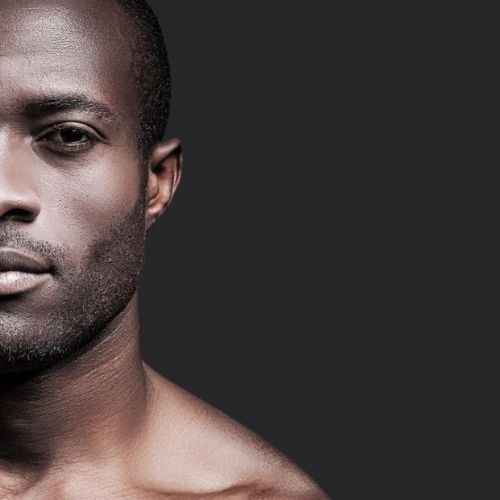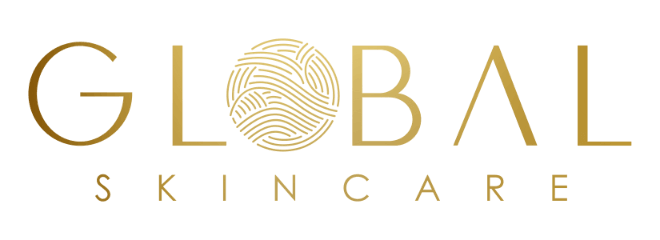
Razor bumps and ingrown hairs are caused by improper hair removal techniques when shaving, tweezing or waxing. They occur in both men and women. They may be seen occasionally or often depending on the frequency of the hair being removed. No matter what, they can become quite problematic.
Razor Bumps
Known as pseudofolliculitis barbae (PFB), they present with the following symptoms: pustules (pus-filled, blister-like lesions), pain, itching, small papules (solid, rounded bumps), and darkening of the skin. Razor bumps can appear anywhere that’s been shaved, tweezed or waxed. For men, it is a particular issue seen on the face (specifically the chin, neck, and lower cheeks).
How They Appear:
Razor Bumps & Ingrown Hairs: When men want a close, smooth shave, they pull the skin taut where they want to shave, shave both up and down several times, and then release the skin. It is when the skin is released, the hair curls back into the follicle. This hair becomes a foreign object, causing bacteria to grow within the follicle. Eventually, the follicular wall becomes irritated as the “bump” develops. Over time these bumps can become infected and cause scarring.
Another scenario – ingrown hairs. Men with curly or kinky hair, the hair is not straight growing out of the follicle. Sometimes, the hair remains in the follicle because it encounters dead skin cells plugging the orifice of the follicle. Now, it becomes trapped causing the hair to curl downward. Again, this results in the skin becoming inflamed. Since the trapped hair is generally close to the follicular canal, many men use a pointed tweezer to release the hair.
Though anyone who shaves, even women, are prone to razor bumps and ingrown hairs. Regarding the risk factors, it is safe to say that, razor bumps are most likely to appear on African American males. The statistic shows a rate of 50% of African American males experience PFB. Hispanic men and people with curly hair are also very likely to be affected by this skin condition.
Prevention:
Shaving should always begin with softening the beard. This can be accomplished by using a very warm moistened towel, wrapped barber style around the face for approximately five minutes. Another technique is the use of a soft-bristled toothbrush. By applying gentle circular motions to the bearded area, hairs attempting to re-enter the skin will be dislodged.
To prevent the possibility of shaving too closely, use a sharp, double-edged foil-guarded blade. Shave in the direction of the hair growth for a maximum of two passes. Rinse residual hair from the blade with hot water after each pass. After use, sterilize the blade by rinsing off any residual hairs, and wipe the blade off with alcohol. Blades should be discarded after two uses.
If you find you can’t get your PFB under control. Seek the services of a skin therapist. Professional treatments will be administered to keep the skin exfoliated with ingredients such as salicylic acid. Salicylic has anti-inflammatory and healing properties known to penetrate deep within the follicular wall releasing trapped hairs. It is important to keep skin moisturized as well. A smooth, hydrated skin makes it easier to shave.
Many professionals recommend benzoyl peroxide to use at home. It has anti-bacterial properties. Caution: May cause irritation in sensitive skin. (Controversial). Other products should contain active ingredients that are emollient, anti-inflammatory, and anti-bacterial.Learn more about our professional skincare line for men


